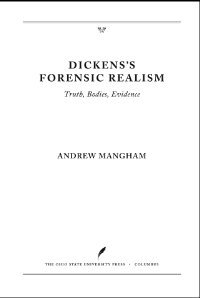By Yuanfei Wang
In Writing Pirates, Yuanfei Wang connects Chinese literary production to emerging discourses of pirates and the sea. In the late Ming dynasty, so-called “Japanese pirates” raided southeast coastal China. Hideyoshi invaded Korea. Europeans sailed for overseas territories, and Chinese maritime merchants and emigrants founded diaspora communities in Southeast Asia. Travel writings, histories, and fiction of the period jointly narrate pirates and China’s Orient in maritime Asia. Wang shows that the late Ming discourses of pirates and the sea were fluid, ambivalent, and dialogical; they simultaneously entailed imperialistic and personal narratives of the “other”: foreigners, renegades, migrants, and marginalized authors. At the center of the discourses, early modern concepts of empire, race, and authenticity were intensively negotiated. Connecting late Ming literature to the global maritime world, Writing Pirates expands current discussions of Chinese diaspora and debates on Sinophone language and identity.
Ann Arbor: University of Michigan Press, 2021. 227p.








